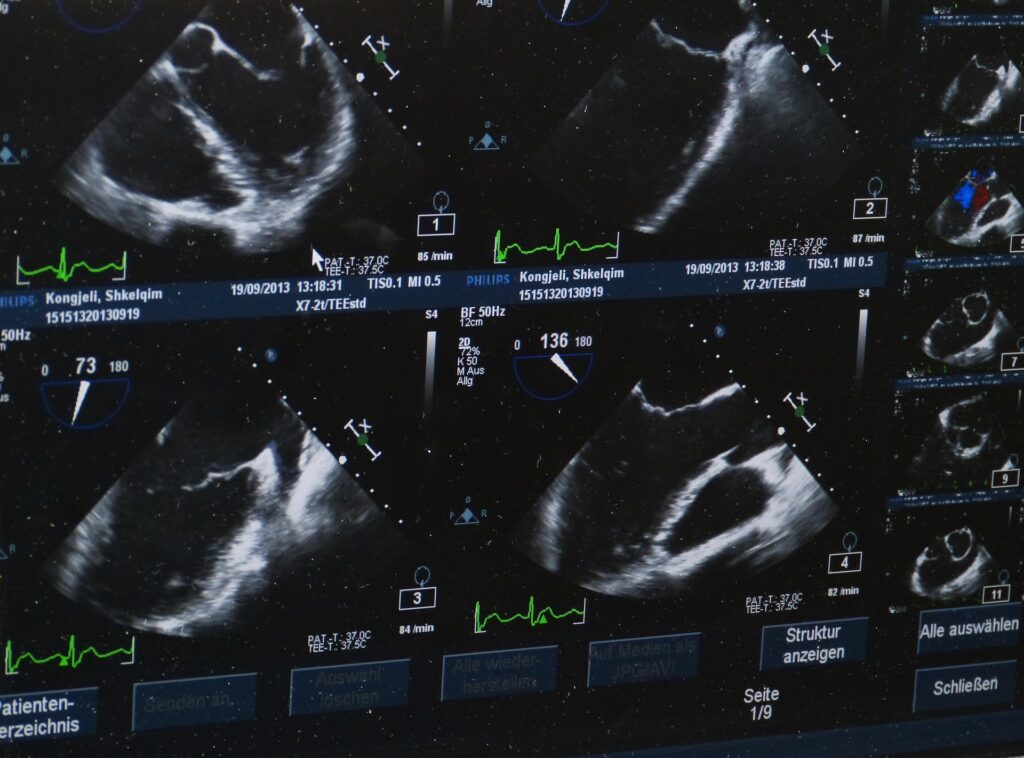When it comes to improving surgical outcomes, precision is everything. That’s why GE HealthCare’s latest innovation is turning heads in the operating room. The company has just unveiled a next-generation intraoperative ultrasound (IOUS) system designed to give surgeons real-time, high-resolution imaging to make faster and more accurate decisions during surgery.
Here’s what you need to know about GE HealthCare’s cutting-edge IOUS platform and how it’s set to transform operating rooms worldwide.
What is Intraoperative Ultrasound (IOUS)?
Intraoperative ultrasound is a real-time imaging technique used during surgical procedures. Unlike preoperative imaging (such as CT or MRI scans), IOUS allows surgeons to visualize internal structures while operating. This real-time feedback helps improve accuracy, especially during delicate procedures like tumor removal, liver resections, or brain surgeries.
IOUS has existed for many years, but recent technological innovations have expanded its capabilities—particularly regarding image sharpness, user-friendliness, and compatibility with various other surgical instruments.
GE HealthCare’s Next-Gen IOUS: Key Highlights
GE HealthCare’s new intraoperative ultrasound system is a significant leap forward in surgical imaging. Here’s a closer look at the standout features:
1. Crystal-Clear Imaging in Real Time
The system leverages advanced ultrasound imaging technology to deliver high-resolution images of soft tissues, organs, and anatomical landmarks. The improved clarity allows surgeons to differentiate between healthy and diseased tissue with greater accuracy.
2. Compact, Ergonomic Design
Unlike traditional bulky ultrasound machines, this next-gen system is designed to be lightweight and easy to maneuver. The streamlined form factor makes it ideal for tight operating rooms, where space and accessibility are critical.
3. Sterile Field Compatibility
To maintain a sterile environment, the new device includes features that support in-field operation. Surgeons can operate the device through sterile covers and foot-controlled interfaces, minimizing contamination risks.
4. AI-Powered Workflow Enhancements
The system includes intelligent imaging presets and AI-guided settings that adapt to the surgeon’s preferences. These automation tools reduce the time spent adjusting settings, allowing clinicians to focus more on the patient.
5. Interoperability with Surgical Navigation Systems
The device integrates smoothly with surgical navigation platforms, enabling real-time image fusion and 3D anatomical mapping. This interoperability enhances precision in complex procedures like neurosurgery and oncological resections.

Why This Matters: Real-World Surgical Applications
The launch of GE HealthCare’s next-gen IOUS system addresses a growing demand for better visualization tools during surgery. Here’s how it makes a real-world impact:
Brain Surgery
In neurosurgery, the ability to identify tumor margins or navigate sensitive brain structures is crucial. Real-time imaging ensures safer resections and helps preserve vital functions like speech and motor skills.
Liver and Pancreatic Procedures
Surgeons dealing with hepatic or pancreatic cancers often struggle with hidden tumors or complex vasculature. IOUS provides a detailed view of internal structures, reducing the risk of incomplete resections.
Minimally Invasive Surgery (MIS)
For laparoscopic and robotic-assisted surgeries, where visibility is limited, high-resolution IOUS becomes a surgeon’s eyes. It guides instrument placement and tissue dissection without needing larger incisions.
The Competitive Edge: How GE Stands Out
GE HealthCare isn’t the only player in the surgical ultrasound space, but this new system gives it a clear competitive edge. Here’s why:
- Customization: The platform can be tailored to different surgical specialties, from orthopedics to oncology.
- Speed: Rapid image acquisition helps reduce overall surgical time.
- Safety: Enhanced visualization minimizes the chances of damaging nearby structures.
- Training and Support: GE offers extensive clinician training programs and 24/7 technical support, helping hospitals integrate the technology seamlessly.
Industry Response and Future Outlook
Early feedback from the surgical community has been overwhelmingly positive. Surgeons appreciate the intuitive design and diagnostic confidence the system provides. Hospitals are particularly interested in the potential for reducing complication rates and improving outcomes—key performance indicators in today’s healthcare landscape.
Looking ahead, GE HealthCare plans to continue refining the platform. Future updates may include expanded AI features, better integration with robotic surgery systems, and cloud-based data storage for surgical review and education.
Final Thoughts: A Step Forward for Precision Surgery
GE HealthCare’s new intraoperative ultrasound system represents a significant milestone in surgical imaging. With its powerful combination of clarity, mobility, and smart features, it’s poised to set a new standard for real-time surgical guidance.
In an era where healthcare systems are increasingly focused on outcomes, efficiency, and patient safety, technologies like this are not just innovations—they’re necessities.
Whether you’re a hospital administrator considering new imaging solutions, a surgeon seeking better tools, or a healthcare professional watching the trends, GE HealthCare’s latest launch is one to keep on your radar.
Frequently Asked Questions
- What makes this IOUS system different from existing models?
GE HealthCare’s next-gen IOUS stands out for its compact design, real-time high-resolution imaging, AI-powered workflow, and integration with surgical navigation tools. - Who can benefit from this technology?
Neurosurgeons, general surgeons, and specialists in liver, pancreas, and minimally invasive surgery will particularly benefit from the enhanced imaging and workflow capabilities. - Is training available for users?
Yes, GE HealthCare offers hands-on training, online modules, and 24/7 technical support for smooth adoption. - Can it be used in emergency procedures?
Absolutely. Its portability and fast imaging setup make it ideal for trauma and emergency surgical environments.



